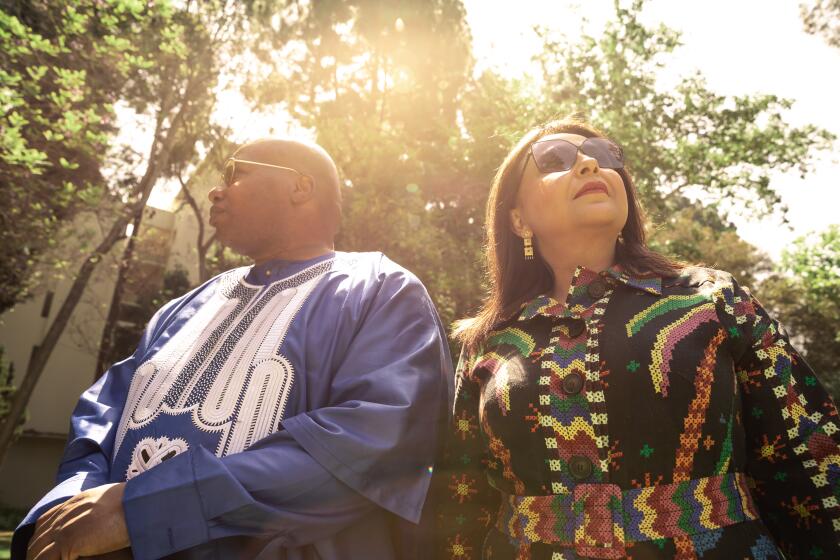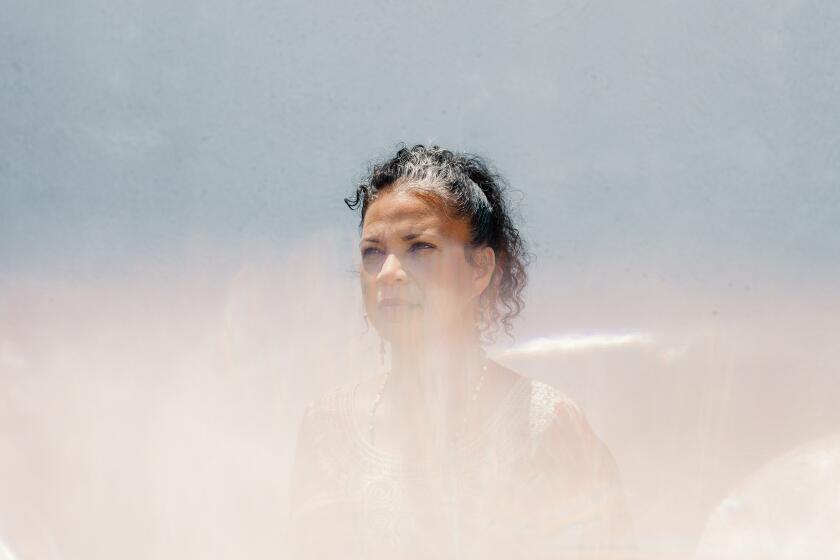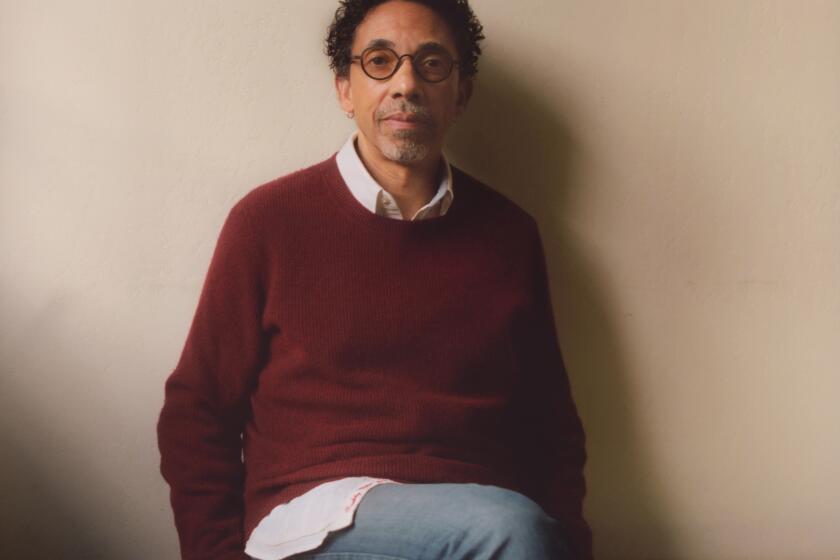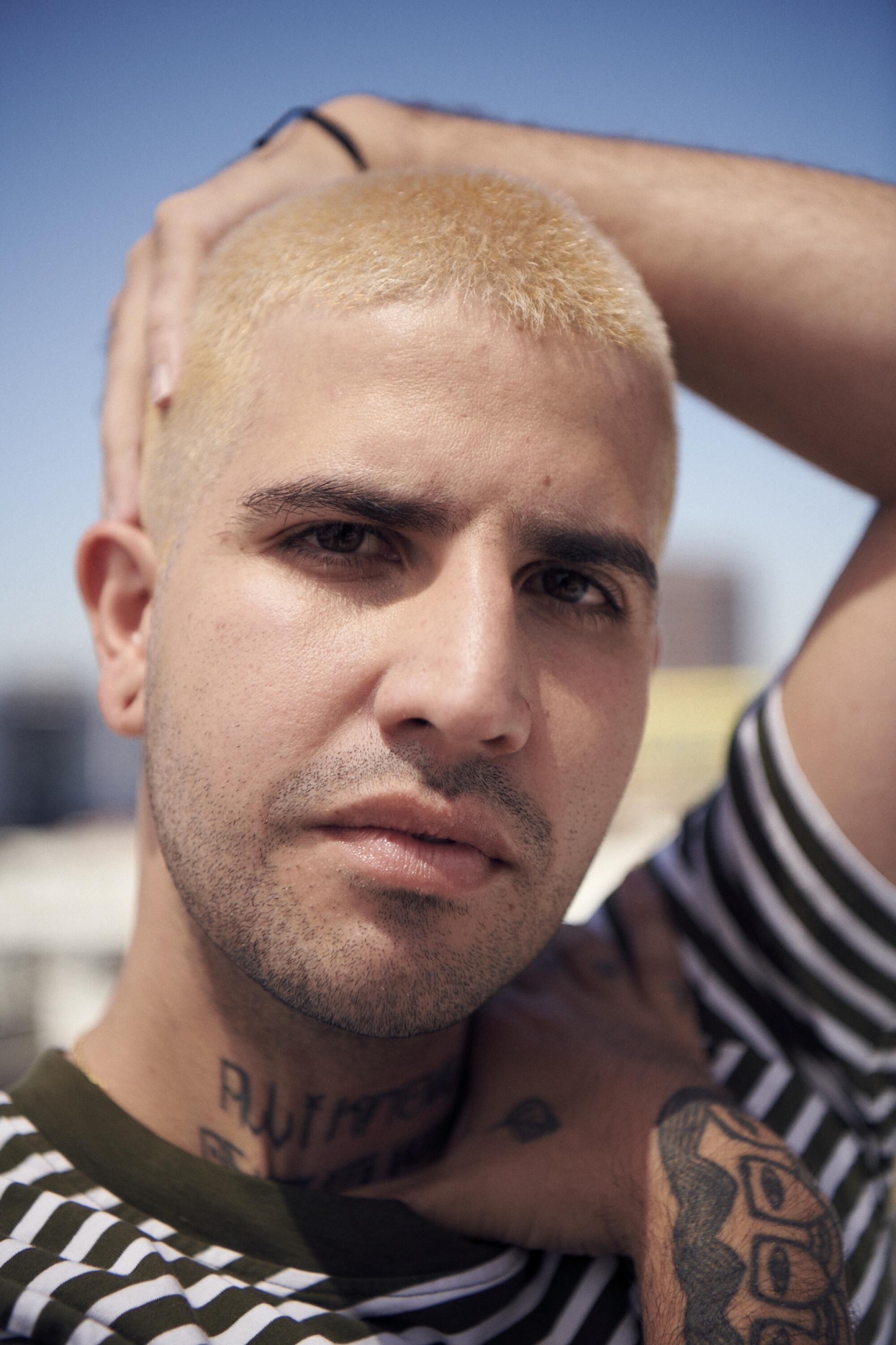
Christopher Soto is the living embodiment of the best poetry being written in Los Angeles right now: queer, punk, pro-migrant, irrepressibly rousing and political, with a peerless ability to turn the most subdued of literary affairs into a backyard party. Soto’s immediately infectious work pulses with the rhythm of the spoken-word and grindcore scenes that defined his earlier years growing up outside Los Angeles. I was initially drawn to Soto’s work via his activism. Alongside writers Javier Zamora and Marcelo Hernandez Castillo, Soto co-founded the Undocupoets Campaign, which lobbied U.S. publishers to remove proof of citizenship requirements from first-book contests and helped a new generation of undocumented writers break into publishing.
Soto’s long-awaited debut collection, “Diaries of a Terrorist” (Copper Canyon Press), takes as its central mission the abolition of policing and human caging. Soto’s poetics of dissent is refreshingly unpretentious, and the book’s stylistically avant-garde yet highly relatable poems encompass several critical conversations within the abolitionist movement, such as youth detention, migrants at the border, trans people harassed by airport security and the incarceration of Palestinian activists. While it explicitly calls for the end of the police state, “Diaries of a Terrorist” also is fueled by a scarred personal history, which finds its voice in confessional poems where Soto pushes through the pain of experience to remind us that a more just world isn’t only possible but necessary — becoming a loving tribute to lives traumatized by domestic violence, for-profit incarceration and the grim realities of what it takes to get by in Los Angeles.
Soto and I spoke about how California’s carceral history has shaped and scarred the urban fabric of L.A., and what his ideal city might look like without the architecture of policing.
André Naffis-Sahely: “Diaries of a Terrorist” was 10 years in the making, and before that, you published a chapbook and a poetry zine. I’m curious to know who your first artistic idols were and how they influenced you.
Christopher Soto: In high school, I remember watching spoken-word poets like Shihan and Gina Loring. This is around the time that “Def Poetry Jam” was on TV. I would go to A Mic and Dim Lights in Pomona and Da Poetry Lounge at Fairfax High School in Los Angeles. I was on a slam poetry team with other young Black, Latinx, Tongan poets who taught me words like ofa atu (I love you in Tongan). We would meet in Ontario at our coach’s house below the railroad tracks, and he would teach us how to modulate our body and voice in relation to the content of the poems. I would also host huge spoken-word poetry readings with drumline, breakdancers and graffiti artists. I would paint and do street art on my own. During these years, I would go to music venues like the Smell in downtown L.A. They’d have free haircuts and breakfast during Sunday morning shows, where you could see bands like Mika Miko for $5. I was the vocalist in a grindcore band called the Ambulance Ride, and we produced one EP.
This conversation between activist Theo Henderson and scholar Ananya Roy foregrounds the endeavors and collaborations that seek to challenge such erasure.
AN-S: How do you think you’ve changed as an artist since your earliest beginnings?
CS: My younger self was writing as an individual and concerned with interpersonal interactions. I have often been preoccupied with how my poems might impact the material reality of the world and how poetry may create more just spaces, if only momentarily. There is an abolitionist geographer, Ruth Wilson Gilmore, who wrote, “If justice is embodied, it is then therefore always spatial, which is to say, part of the process of making a place.” I think my older self views writing as a communal process and is more concerned with structural violence.
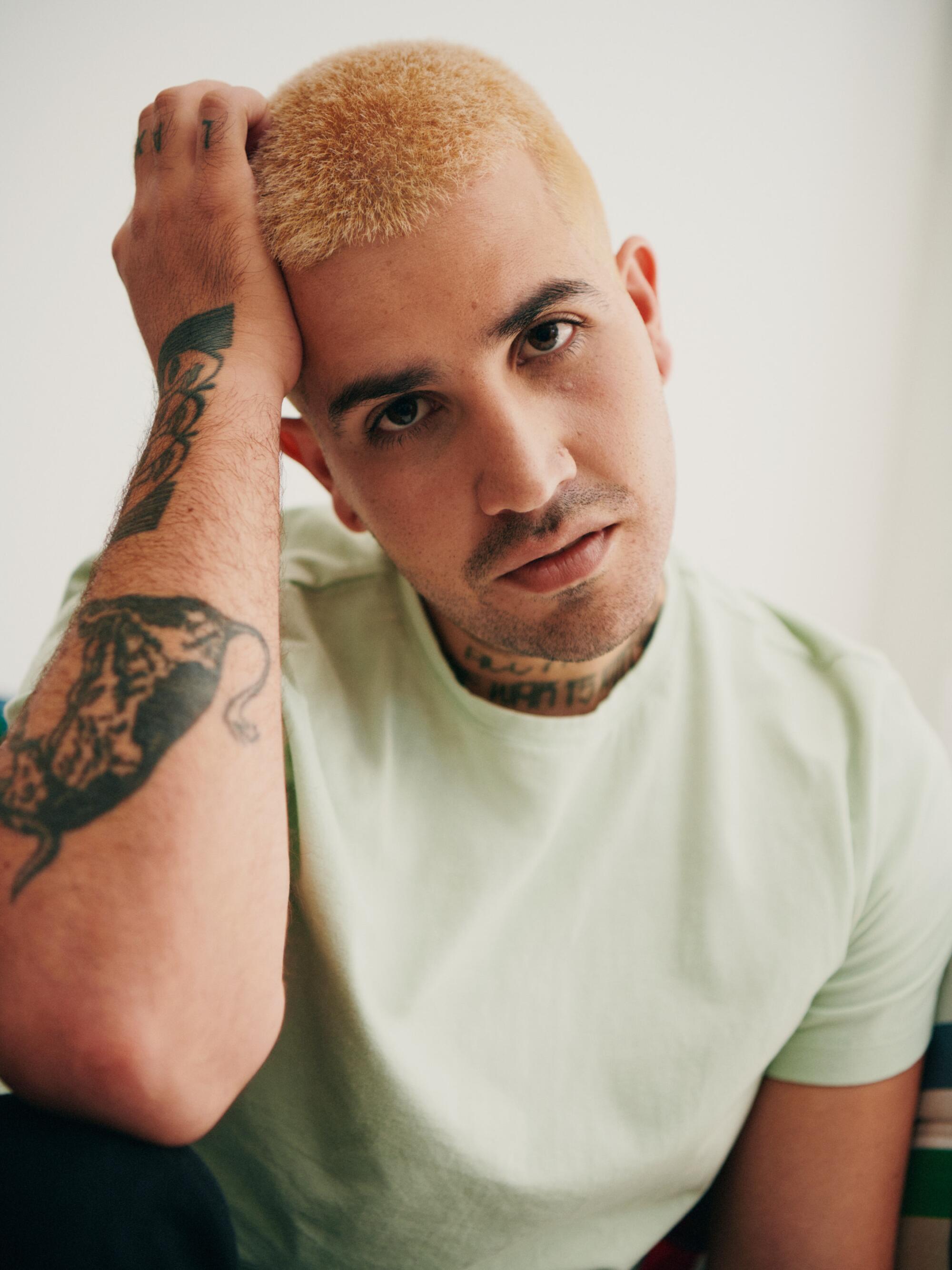
AN-S: You grew up in California during one of the most dramatic expansions of the carceral system. How did that affect you?
CS: Whenever I visit my abuela’s grave at the San Fernando Mission, I think about how the first instance of human caging occurred in the region where Spanish priests locked unmarried Tongva women and girls in dormitories at night, in the 1780s. I drive along downtown’s streets and wonder which ones were made by chain gangs in the 1880s. I go to see art with friends in Little Tokyo and wonder about what the neighborhood must have felt like when emptied of its residents, as Japanese Americans were forced into internment camps in the 1940s. I see military equipment deployed against unarmed civilians at protests, and I remember that the first SWAT unit was created in Los Angeles in response to the Watts Uprising in 1965.
AN-S: One of my favorite poems in “Diaries of a Terrorist” is “The Children in Their Little Bullet-Proof Vests,” where you discuss writing workshops for incarcerated youth in California. What struck you most about that experience?
CS: Around 2011, I was living in Long Beach and teaching poetry to incarcerated youth at Los Padrinos Juvenile Detention Center in Downey. One teenage girl who was incarcerated there told me that her mom would bring home abusive men. She said that the courts didn’t believe her story. This teenage girl told me that as soon as she was released from Los Padrinos, she would try to get sent back. As we were sitting at a stainless-steel table, preparing to write poems together, this teenage girl said that it was safer to be incarcerated than to return to her mother’s home. When I think about the young people who were incarcerated at Los Padrinos, it challenges the binary thinking of innocence versus criminality. The prison is not a place that protects “survivors” from “perpetrators of violence.” The prison is a place that is filled with survivors, whose trauma is exacerbated by the carceral state and whose needs are continuously ignored. When thinking about youth in Los Padrinos, I am reminded that incarceration itself is an experience of chronic violence.
Black Lives Matter L.A. leader Melina Abdullah discusses her parenting approach and efforts to challenge the status quo.
AN-S: You work at UCLA and have organized with UCLA Cops Off Campus. What is the relation between the university and policing?
CS: UCLA finances have long been tied to prisons and policing. From 2015 to 2020, UCLA paid $339,239 to Westlaw and $248,490 to LexisNexis. These companies provide ICE with data needed to conduct raids and deportations. Then there is the geography of the university that extends from the main UCLA campus itself, into the community of Westwood, which is also surveilled and harassed by UCPD. And the university has satellite facilities too, such as Jackie Robinson Stadium, which was used as a “field jail” during the Black Lives Matter protests of 2020. It has facilities such as Harbor UCLA Hospital in Torrance where a patient was shot and killed by a sheriff’s deputy. If we are thinking more in terms of knowledge production, then I think many departments at the university can be tied to perpetuating carceral logic. One example is the fact that Jeffrey Brantingham is employed by the anthropology department at UCLA. He is the co-founder of the for-profit company PredPol, an acronym for predictive policing, which uses historical crime data (known to be deeply racially biased) to try to predict future crime.
AN-S: How has language circumscribed and sanitized the conversation around critical issues such as immigration?
CS: Prior to colonization, Southern California was one of the most linguistically diverse places in the world. There were approximately 90 Indigenous languages spoken in this region. Through the years this has changed but there is one constant: The settler state continues to make vulnerable Indigenous languages, cultures and peoples. For example, Dr. Shannon Speed has a book called “Incarcerated Stories: Indigenous Women Migrants and Violence in the Settler-Capitalist State,” where she writes about how Indigenous women migrating from Central America may be called Guatemalan and are spoken to in Spanish while being detained. This forced assimilation into Latinidad is especially troublesome for migrants who are, let’s say, Mayan and speak K’iche’ and may not be able to access translators while detained and in need.
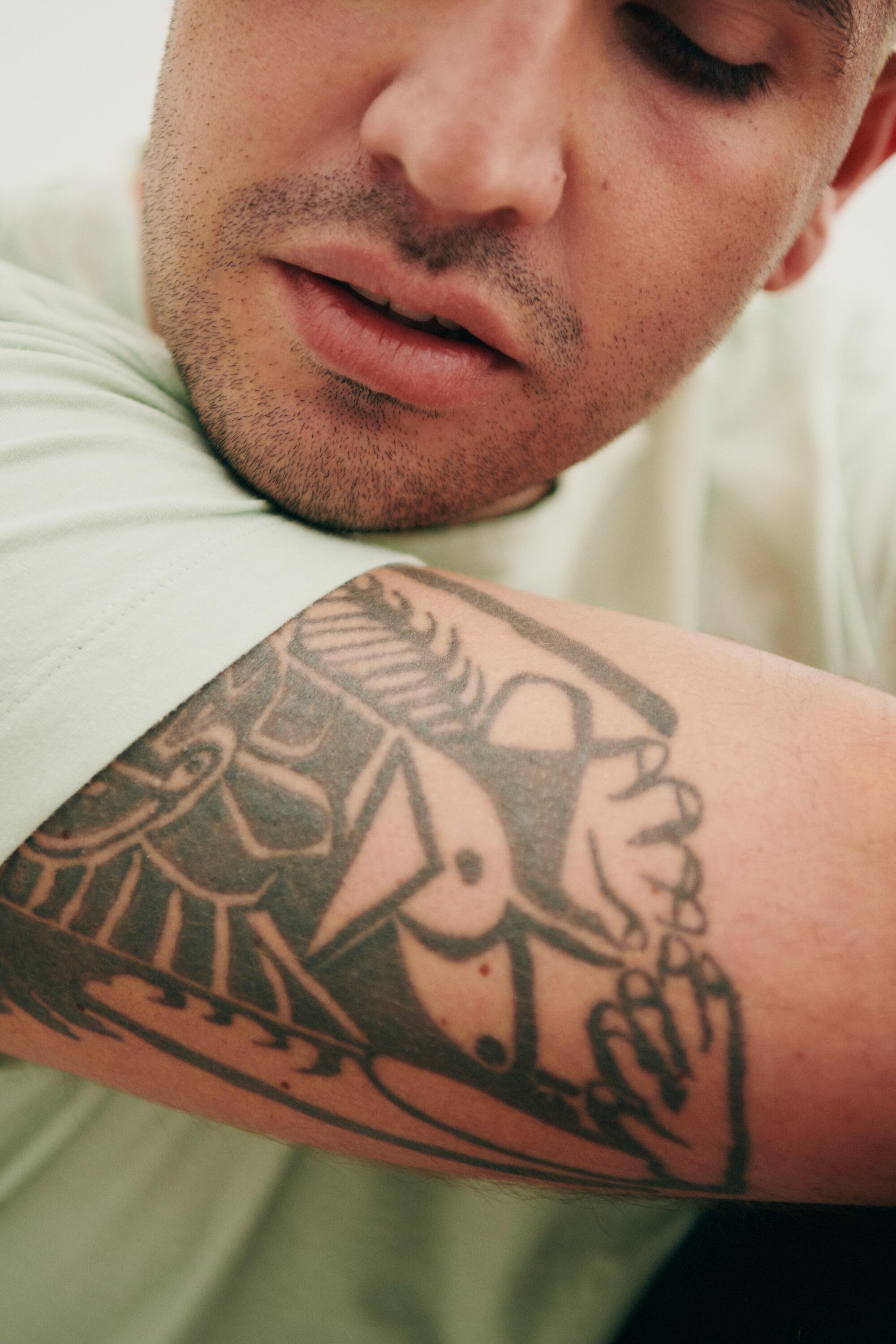
AN-S: How has L.A.’s carceral topography informed your emotional awareness of the city?
CS: Carceral history feels very much embedded into the landscapes and buildings of Los Angeles for me. In “City of Inmates: Conquest, Rebellion and the Rise of Human Caging in Los Angeles, 1771–1965,” Dr. Kelly Lytle Hernández calls Los Angeles the carceral capital of the world. People have been pushing back against police violence in Los Angeles for generations, and reform hasn’t worked. In 1992, again, the city was forced into an uprising after the police had beaten Rodney King. In 2020, again, after the murder of George Floyd in Minneapolis, the people of Los Angeles protested police violence en masse.
Not enough has changed since then. The police promoted the beautification and the gentrification of Los Angeles with the forced removal of our currently unhoused neighbors at Echo Park Lake in 2021. The city hosted the Super Bowl in 2022 that brought ICE agents to harass undocumented street vendors — our hermanos that always make sure we have a good bacon-wrapped hot dog at the end of a fun night. I drive to work on the 101 Freeway and sit in traffic. The shadow cast by the Metropolitan Detention Center stands over me, almost reaching.
Robin D.G. Kelley and Vinson Cunningham on L.A. solidarity and the Black Radical Tradition.
AN-S: Elsewhere in the book, you write about hanging out with friends on the beach: “Police said / Are you drunk / Are you high / & We replied / No / We’re Salvadoran.” What do these lines mean to you, especially as they relate to public space in Los Angeles?
CS: I think these lines exhibit how even spaces of pleasure and reprieve become the domain of policing. One goes to the beach and is afraid to drink a beer without being accosted by the police. One plays the music too loud at a family gathering and thinks the police may be called to shut down the party. As a population, we embody the paranoia and omnipresence of the police, and then we begin to police ourselves, and then we begin to police others until there is no space that is left for us to dance and laugh in, without surveillance. There is an artist, Tourmaline, who wrote, “When we say abolish police. We also mean the cop in your head and your heart.”
AN-S: What does your ideal L.A. look like?
CS: In my ideal Los Angeles, we would return the land back to the Tongva peoples and pay reparations. From Spanish to Mexican to American colonization of this land, policing has been used as an eliminatory tactic to protect the settler state. It’s time to abolish the police.
André Naffis-Sahely is the author of two collections of poetry, “The Promised Land: Poems from Itinerant Life” (Penguin UK, 2017) and “High Desert” (Bloodaxe Books, 2022), an ode to L.A. and the U.S. Southwest.
More stories from Image
